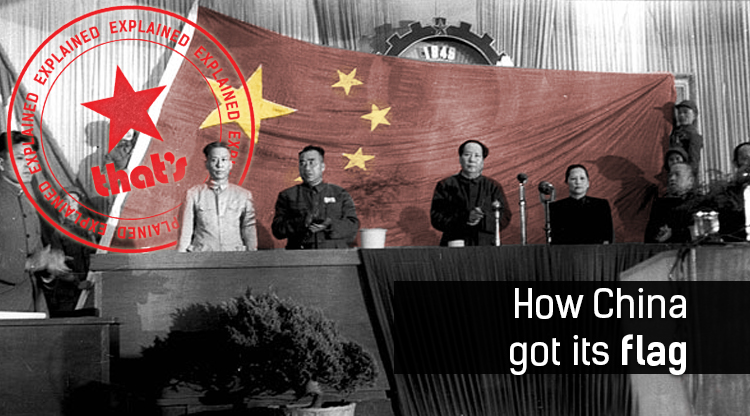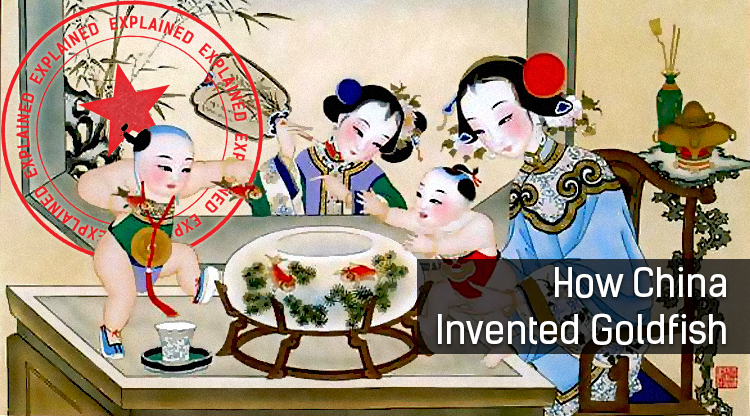The Explainer is where we explain an aspect of Chinese life. Simple. So now you know.
China was battered by two typhoons last week, Linfa and Chan-hom, while a third, Nangka, is still looming south of Japan. Thankfully no deaths have yet been reported in China, and the worst forecasts did not materialize as both Linfa and Chan-hom weakened before making landfall and avoided direct hits on large population centers.
READ MORE: PHOTOS: Typhoon Linfa spares Hong Kong, wreaks havoc for thousands in Guangdong
But even when typhoons – the name for tropical cyclones in the Northwest Pacific Basin (hurricane is the equivalent storm in the Western hemisphere) – aren’t as destructive as initially feared, they still cause chaos for the East Asian nations in their path. Ahead Typoon Chan-hom, Taipei closed its stock market and public offices, thousands of flights were suspended across the region and China evacuated almost a million people from its heavily populated east coast.
SEE ALSO: PHOTOS: Typhoon Chan-Hom hits China
Unfortunately, all signs point to this being a banner year for typhoons, so you might want to freeze that giant pot of typhoon chilli you didn’t get to finish this weekend.
First of all, the fact that a trio of typhoons appeared in the region simultaneously is extremely unusual. Not only is this the first time in 20 years that three typhoons were active in the western Pacific at the same time but it’s also the earliest outbreak ever of a triple typhoon threat.
Cyclone activity has been unusually high this year. A few days ago, Typhoon Nangka intensified to become a super typhoon (equivalent to a Category 4 storm) and early forecasts of Typhoon Chan-hom, which was named after a type of tree by the Laos government, had warned that it might become the sixth Category 5-strength storm this year – compare that to an annual average of 4.6 Category 5 storms from 1990-2014. Storms are classified as Category 5, the highest classification for cyclones, if sustained winds reach 157mph (252kph). (Although the scale was officially devised for hurricanes – weather experts use the scale’s categorization for all tropical cyclones.)
Even more alarmingly, we have only just entered peak cyclone season, which runs from July to November in the Northwest Pacific. The typhoon trifecta of Chan-hom, Linfa and Nangka are likely just the opening salvos in what is forecast to be a serious storm season in the region.
It’s not just the western Pacific that’s chock-a-block with cyclones. As Gawker notes, there’s currently a “conga line” of “seven systems all at once, stretching from Mexico to China.”

The Pacific Ocean is experiencing an unusually active cyclone season this year (Image: Gakwer).
There are several reasons for this. In one apocalyptically titled article in Mashable, “Typhoons in the Pacific are multiplying like gremlins, putting China at risk,” climatologist Andrew Freedman explains that the interaction of a strengthening El Niño event with the enhanced rainfall phase of a global weather cycle called the Madden-Julian Oscillation (MJO) created the conditions for the intense storm activity currently plaguing the Pacific.
El Niño years tend to produce an increase in the frequency and intensity of tropical cyclones. Warming ocean temperatures brought about by climate change are also contributing to stronger storms, according to a study in the journal Nature Climate Change.
This is all particularly worrisome for low-lying Shanghai, whose meager flood defenses could easily be overwhelmed by a storm surge – huge waves caused by powerful cyclones.
So if you haven’t done so yet, replenish your pantry with non-perishables, buy some wellies on Taobao and try not to rely too much on those poor delivery guys from Sherpa’s.
SEE ALSO: China Chronicles: Typhoon Nina, the 1975 storm that killed more than 200,000
For more of The Explainer, click here.





















0 User Comments